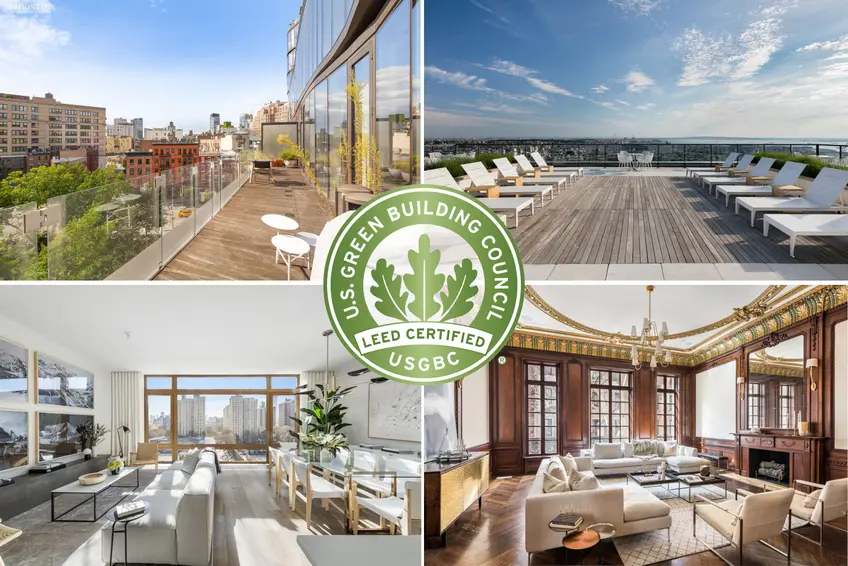 Residential spaces in various LEED and Passive House standard buildings in NYC
Residential spaces in various LEED and Passive House standard buildings in NYC
In this article:
Most recently, the Department of Citywide Administrative Services (DCAS), the Department of Environmental Protection (DEP), and the New York Power Authority (NYPA) announced the start of a project to install solar panels on the Wards Island Wastewater Resource Recovery Facility in the largest clean energy installation of its kind in the world. Construction is expected to begin in June with completion estimated for 2027.
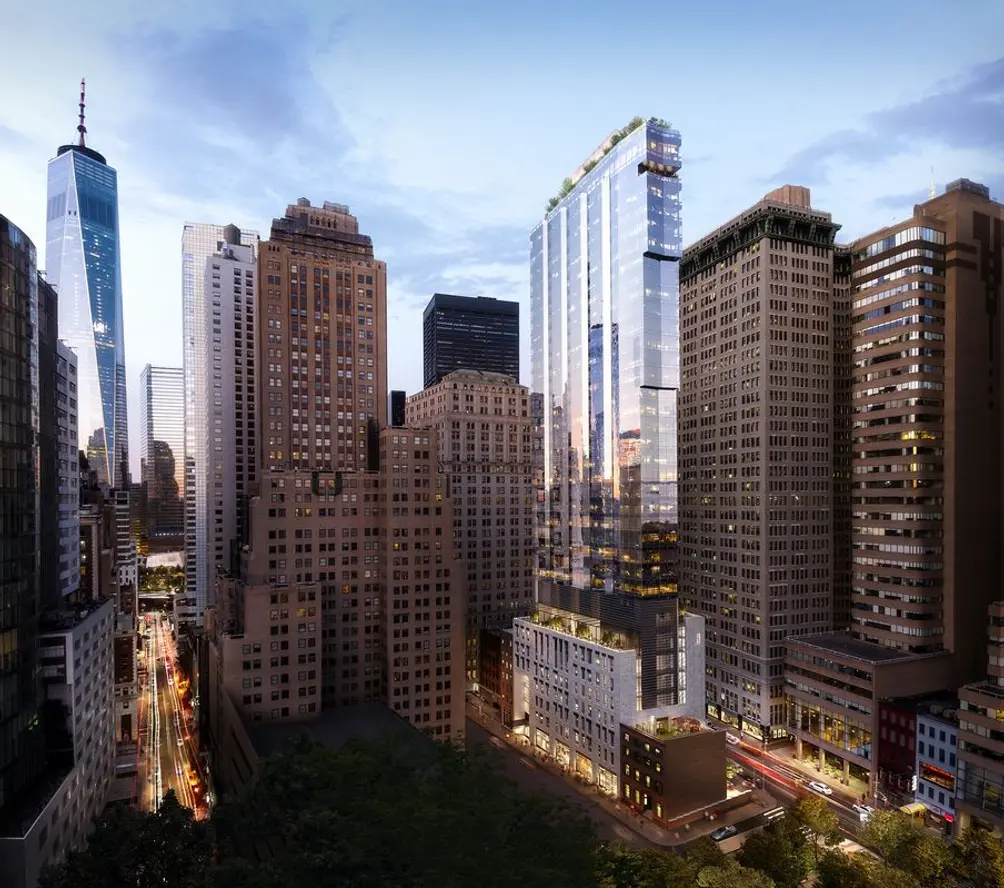 77 Greenwich Street (Binyan Studios)
77 Greenwich Street (Binyan Studios)
How to Find a Green Building: LEED Certification
Over the past 25 years, the U.S. Green Building Council (USGBC)'s Leadership in Energy and Environmental Design (LEED) system has become the gold standard for gauging the environmental friendliness of a building. Somewhat like the more familiar USDA label used to certify organic products, LEED certifies that a building has been developed following a set of sustainability principles, which include the following:
- Location and Transportation: Does the building offer easy access to public transportation, a car sharing service, like Zipcar, or provide onsite bicycle storage?
- Sustainable Sites: Does the site allow for rainwater management or light pollution reduction?
- Water Inefficiency: Does the building include water reduction strategies?
- Energy and Atmosphere: Does the building meet energy performance standards?
- Materials and Resources: Does the building have a recycling program and a demolition and construction waste management plan?
- Indoor Environmental Quality: Does the building meet air quality performance standards and maximize natural resources, including daylight?
- Innovation: Does the building feature new technologies or materials designed to promote sustainability?
- Regional Priority: Has the project been designed to address local environmental challenges?
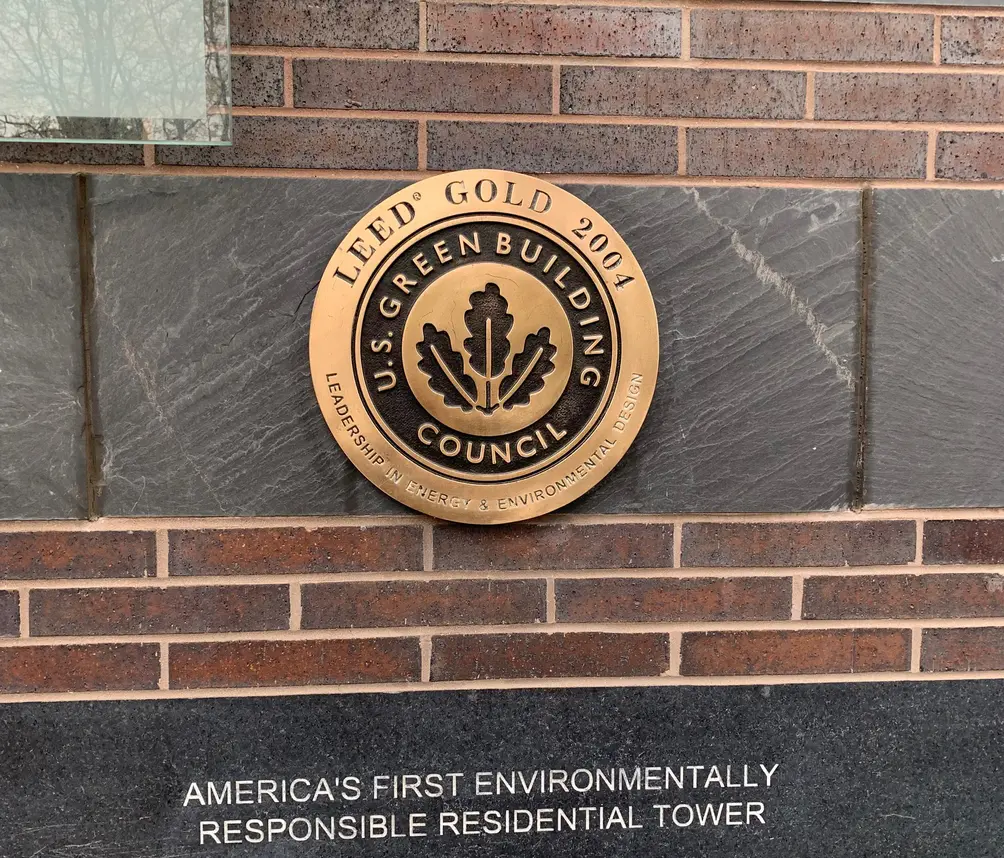 Look for a seal like this (The Solaire, April 2024 - CityRealty)
Look for a seal like this (The Solaire, April 2024 - CityRealty)
Burney, now a professor of architecture at the Pratt Institute, explains that despite the fact that public sector projects took the lead in terms of sustainability, the landscape is changing: “Since the widespread implementation of the USGBC LEED accreditation system, most large new buildings and major renovations apply for LEED certification, both public and private.”
Passive House certification
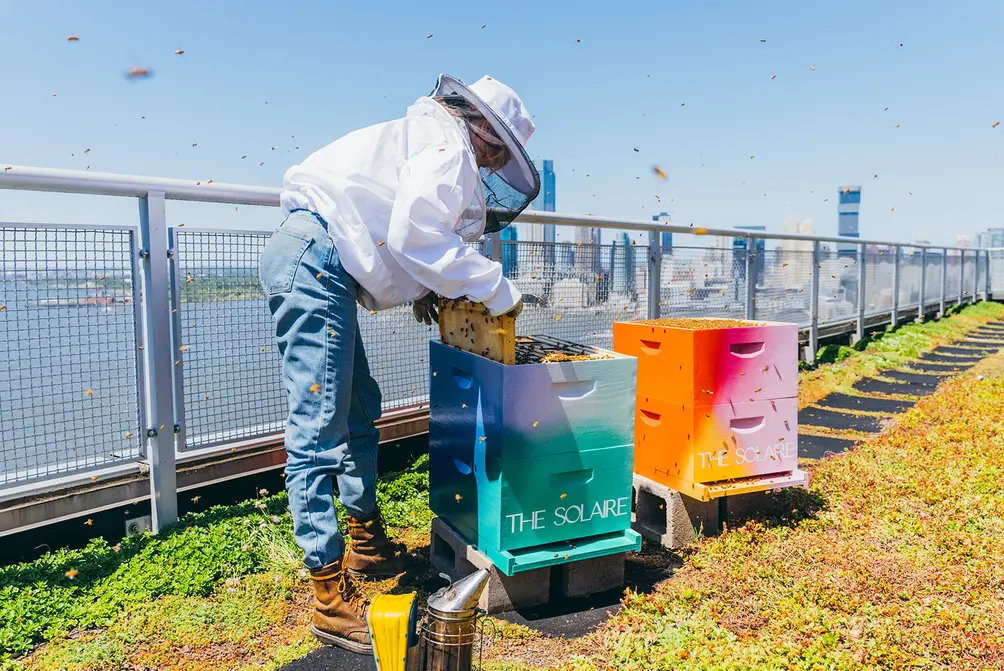 Beekeeper tending to The Solaire's hives (Laura Randall/Optimist Consulting)
Beekeeper tending to The Solaire's hives (Laura Randall/Optimist Consulting)
Where to Find Sustainable Residential Buildings in NYC
Below, see a selection of six private and public residential properties informed by the principles of sustainable design. Notably, the projects range from LEED certified and Passive House developments to developments that have prioritized sustainable design principles but chosen not to seek either certification. We also look at listings in sustainably designed buildings throughout New York City.
More recently, amidst its conversion from rental to sales units, The Solaire’s interiors were reimagined with noise-reducing Low-E casement windows and environmentally friendly appliances and finishes. And when residents move in, they are gifted a jar of honey harvested from the rooftop apiary – in recognition of the importance of honeybees to the food supply, Best Bees manages beehives on the roof of The Solaire (separate from the outdoor amenity space overlooking the Hudson River and Teardrop Park.
The Solaire, Battery Park City
20 River Terrace
Design by Pelli Clarke Pelli | Developed by Albanese Organization
Completed in 2003
LEED Gold Certified
14 availabilities from $660K
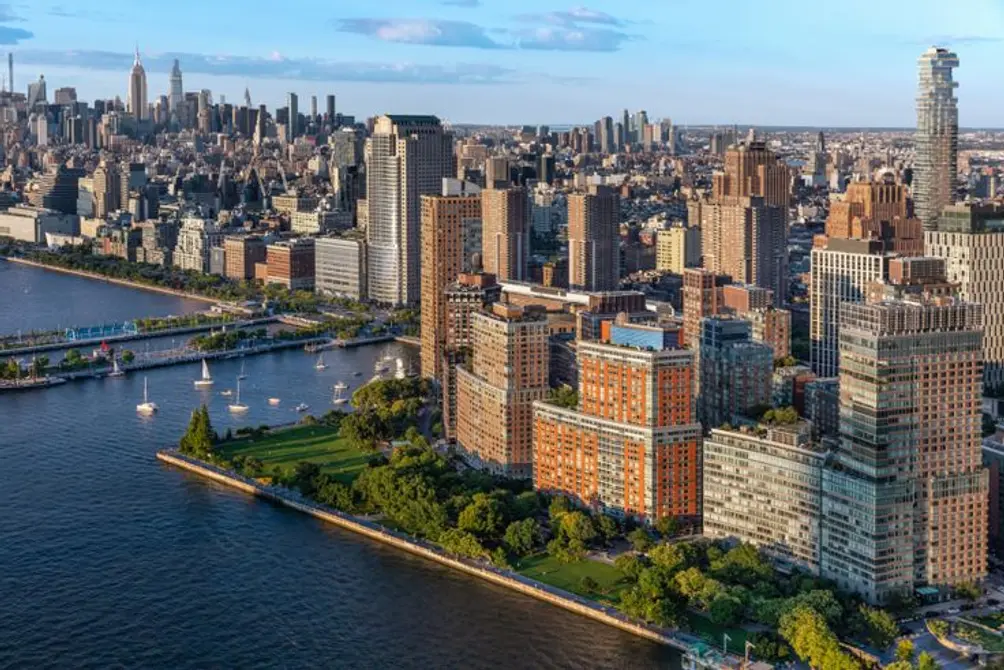 The Solaire (Evan Joseph)
The Solaire (Evan Joseph)
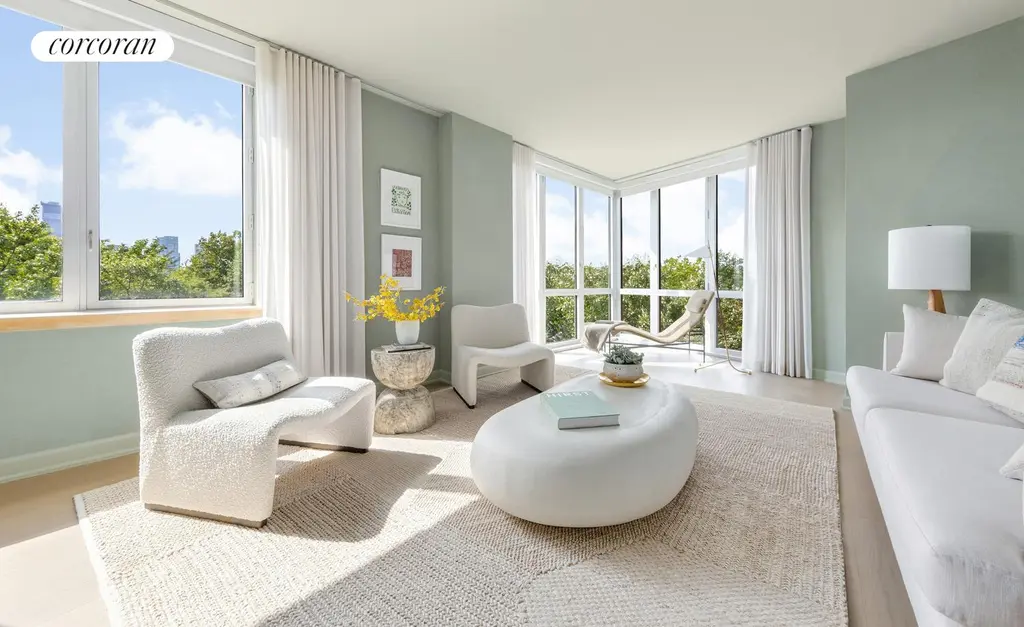
Tribeca Green, Battery Park City
210 Warren Street
Design by Robert A.M. Stern Architects | Developed by Related
Completed in 2004
LEED Gold Certified
9 availabilities from $701K
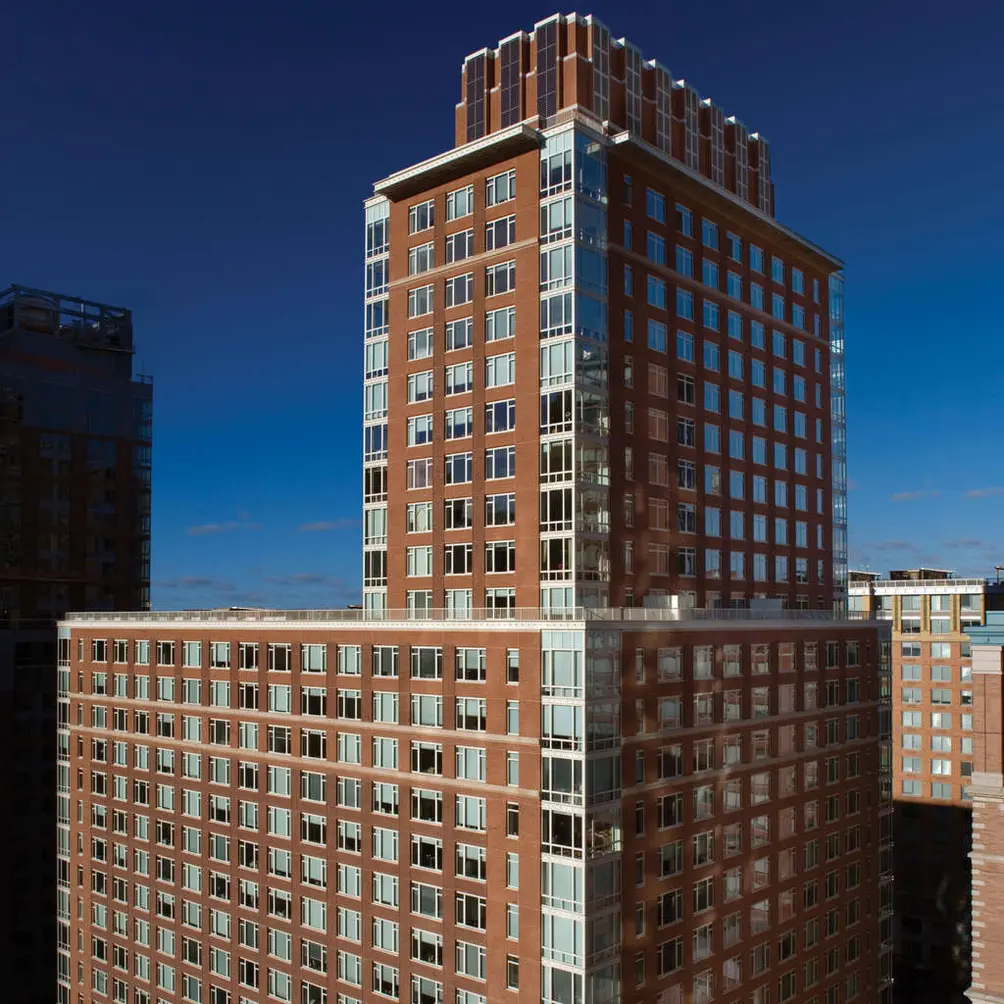 Tribeca Green (CityRealty)
Tribeca Green (CityRealty)
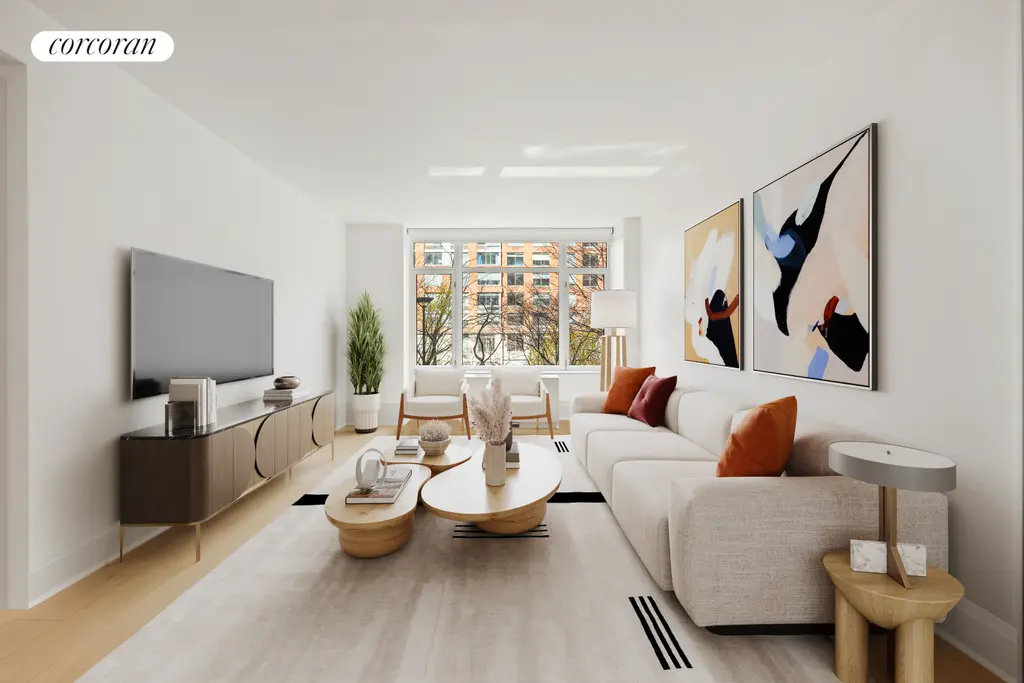
The Visionaire, Battery Park City
70 Little West Street
Design by SLCE Architects and Pelli Clarke Pelli | Developed by Albanese Organization and Starwood Capital Group
Completed in 2008
LEED Platinum Certified
9 availabilities from $1.23M
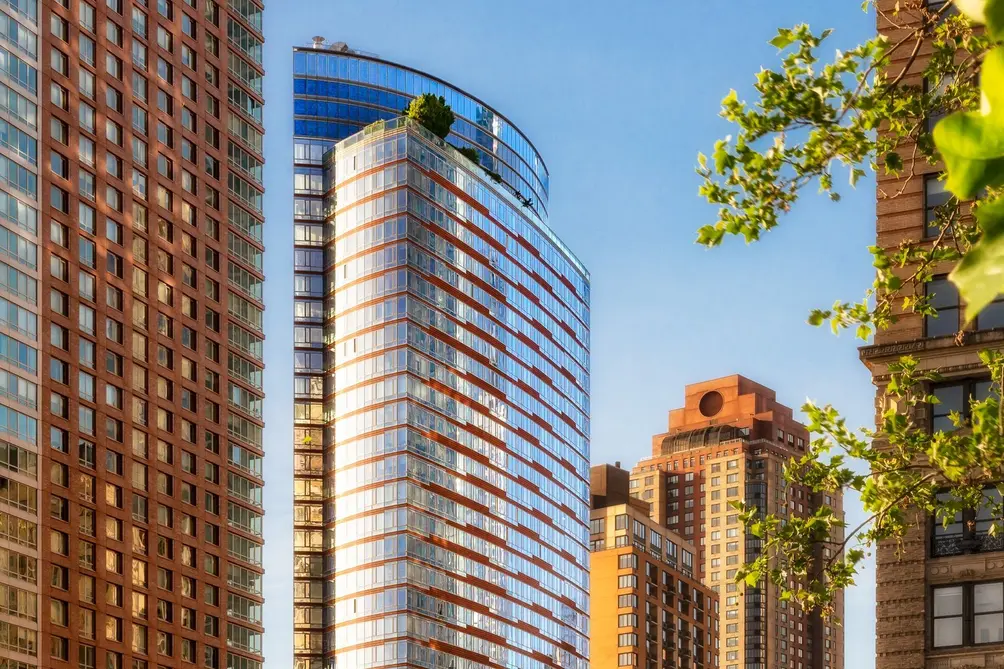 All images of The Visionaire via Corcoran
All images of The Visionaire via Corcoran
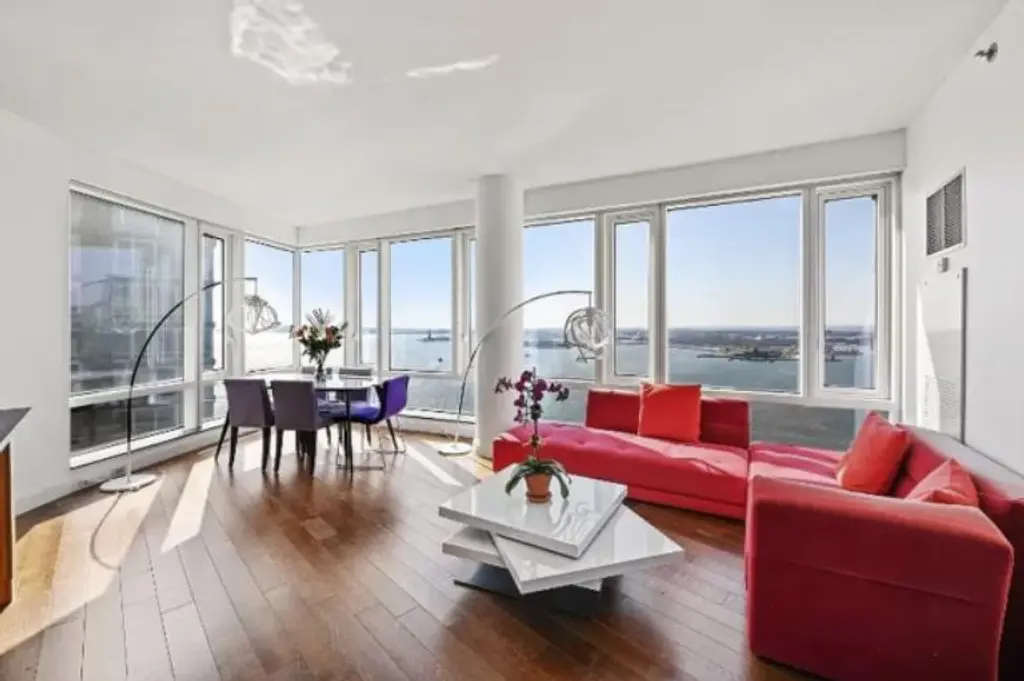
Riverhouse, Battery Park City
2 River Terrace
Design by Ennead Architects | Developed by Sheldrake Organization
Completed in 2008
LEED Gold Certified
4 availabilities from $1.25M
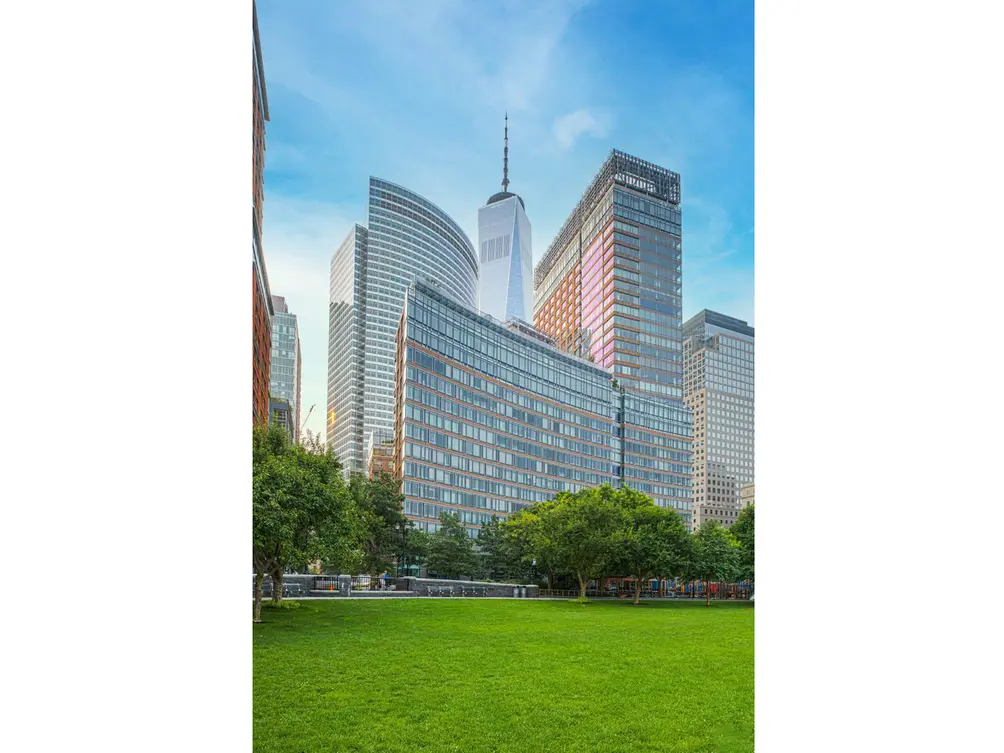 All images of Riverhouse via R New York
All images of Riverhouse via R New York
Riverhouse - One Rockefeller Park, #4J
$3,850,000
Battery Park City | Condominium | 3 Bedrooms, 3.5 Baths | 1,842 ft2
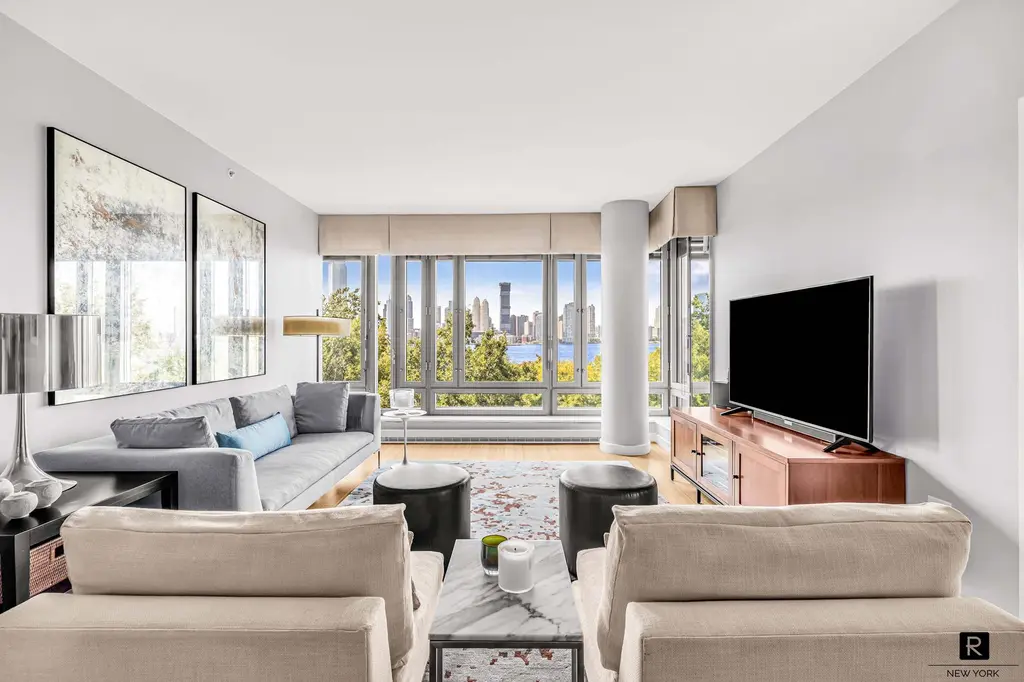
77 Greenwich Street, Financial District
Design by FXCollaborative | Developed by Trinity Place Holdings
Completed in 2021
LEED Certified
10 availabilities from $1.4M
 77 Greenwich Street (Binyan Studios)
77 Greenwich Street (Binyan Studios)
77 Greenwich Street, #30C
$2,749,000 (-37.5%)
Financial District | Condominium | 3 Bedrooms, 3.5 Baths | 1,905 ft2
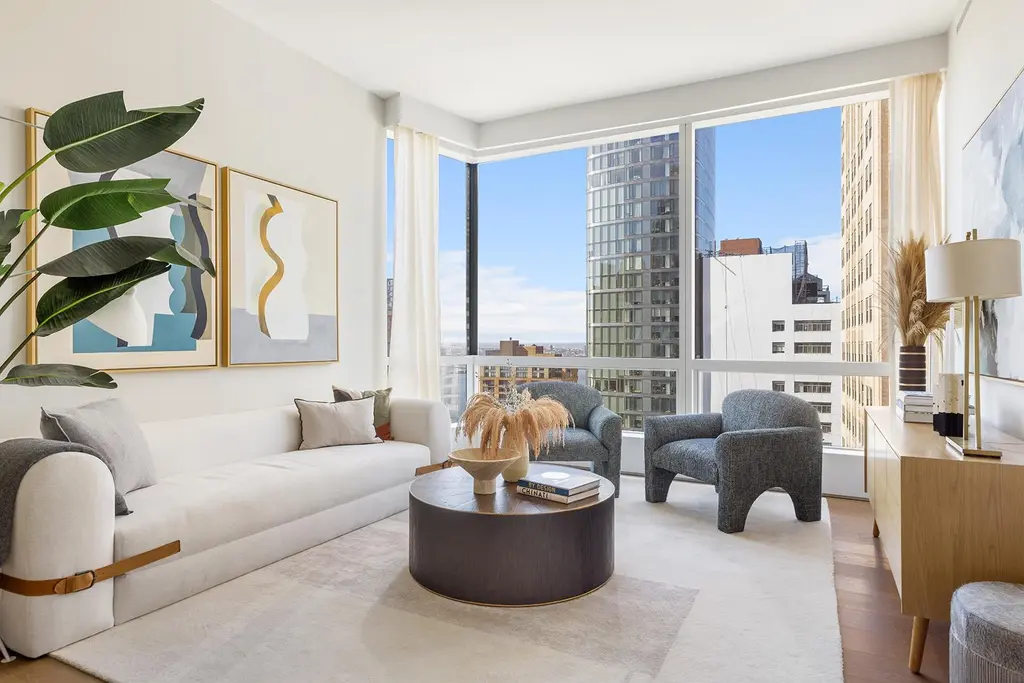
123 Third Avenue, East Village
Design by Perkins Eastman | Developed by F&T Group
Completed in 2010
LEED Certified
1 availability for $1.75M
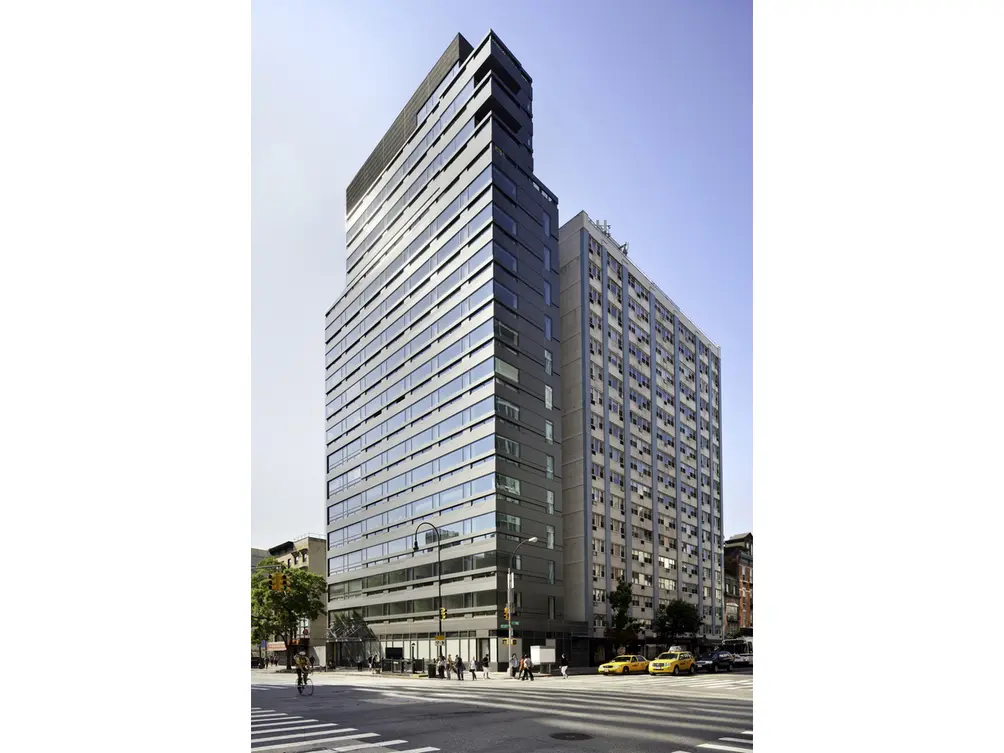 Images of 123 Third Avenue via Brown Harris Stevens
Images of 123 Third Avenue via Brown Harris Stevens
123 Third Avenue, #2A
$1,750,000 (-16.5%)
East Village | Condominium | 2 Bedrooms, 2 Baths | 1,166 ft2
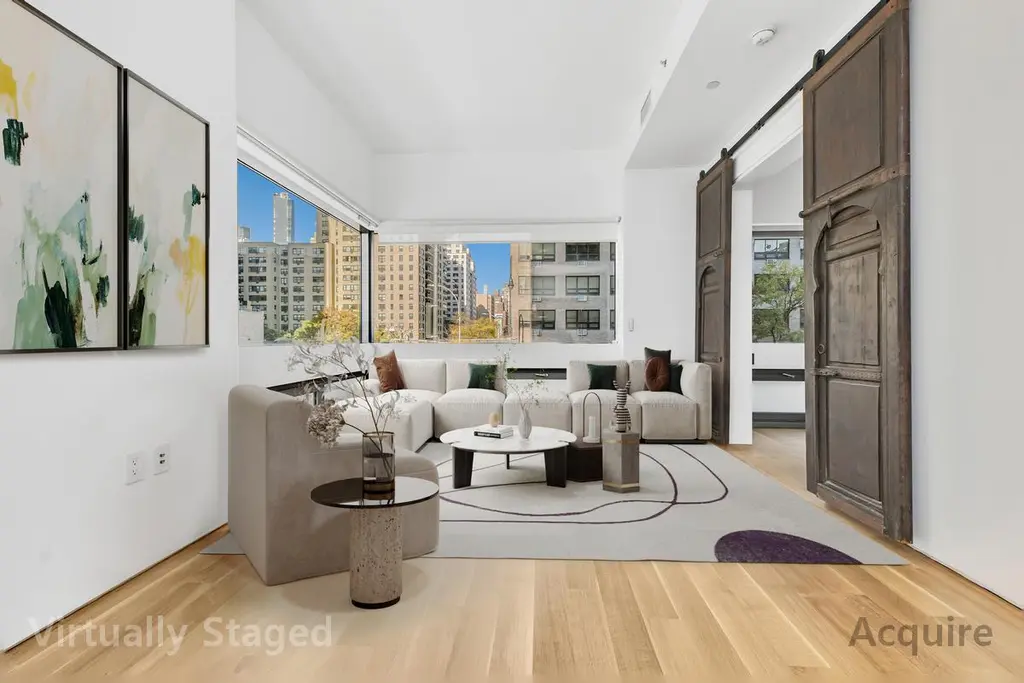
200 East 21st Street, Gramercy
Design by BKSK Architects | Developed by Alfa Development
Completed in 2018
LEED Gold Certified
1 availability for $1.55M
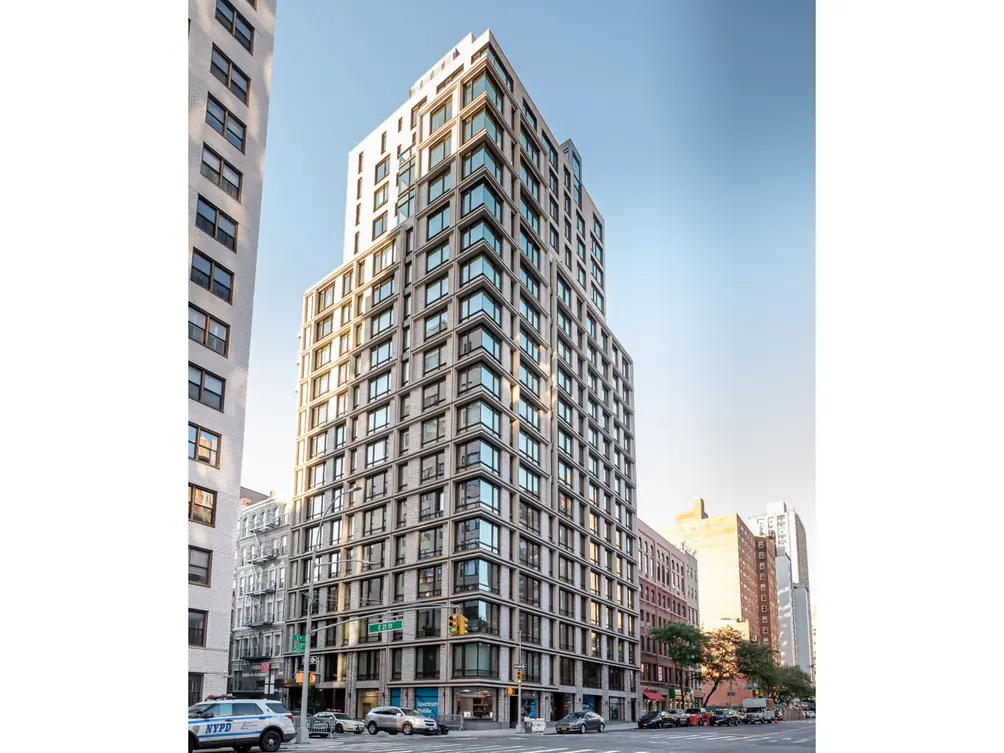 All images of 200E21 via Douglas Elliman
All images of 200E21 via Douglas Elliman
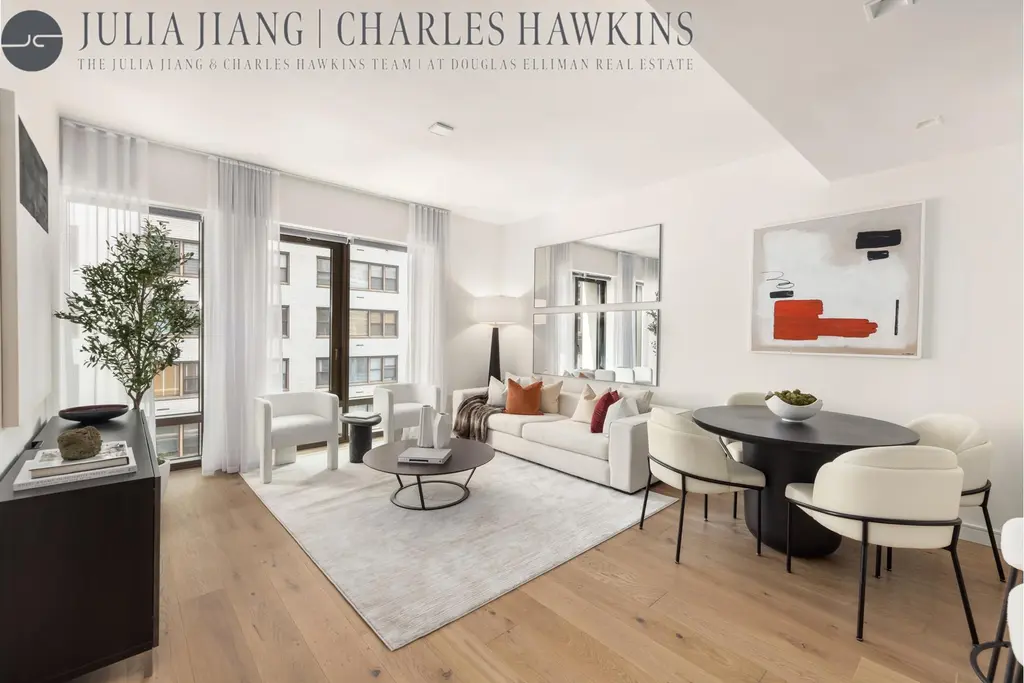
160 East 22nd Street, Gramercy
Design by Perkins Eastman | Developed by Toll Brothers
Completed in 2018
LEED Gold Certified
4 availabilities from $1.3M
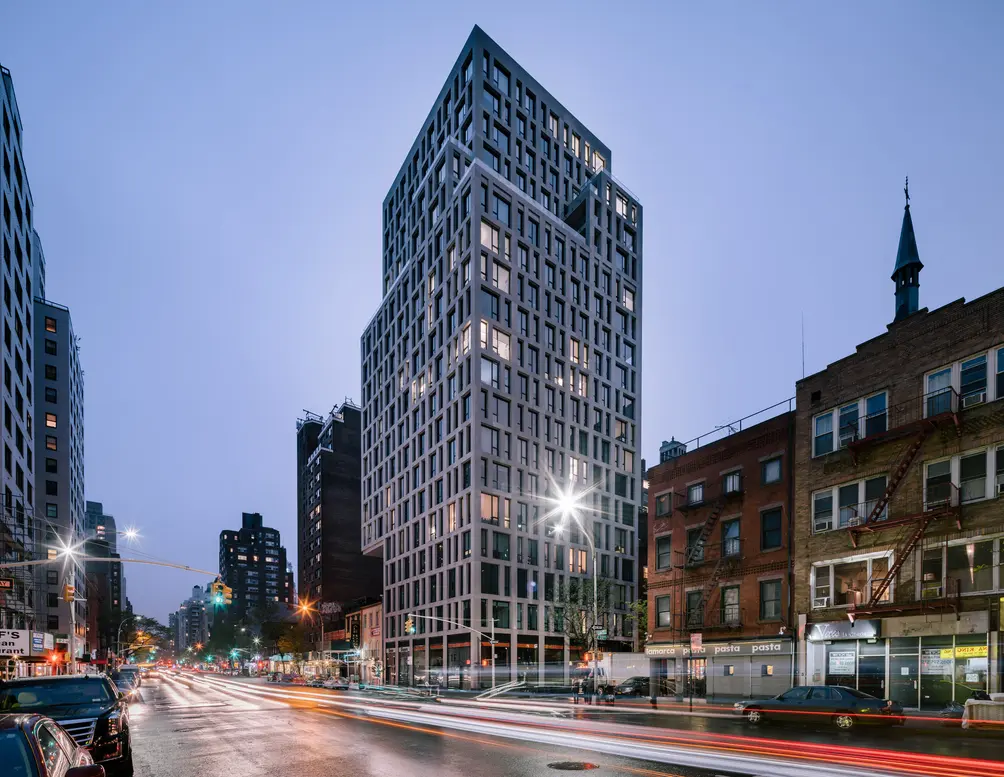 All images of 160 East 22nd Street via Serhant
All images of 160 East 22nd Street via Serhant
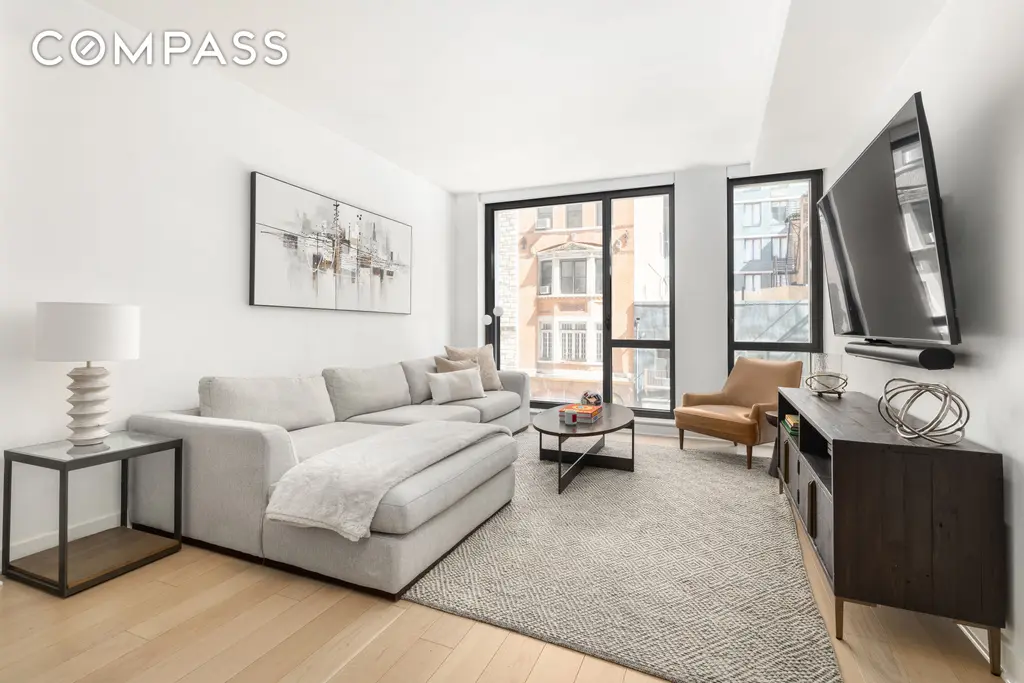
303 East 33rd Street, Kips Bay/Murray Hill
Design by Perkins Eastman | Developed by Toll Brothers
Completed in 2009
LEED Gold Certified
4 availabilities from $995K
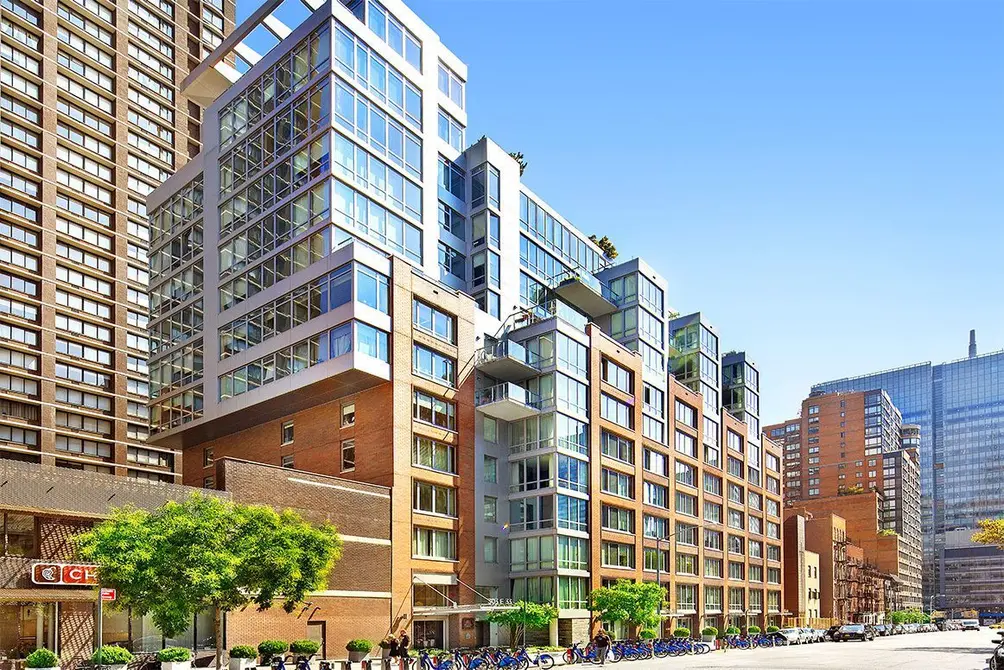 All images of Murray Hill Green via Pari Passu Realty
All images of Murray Hill Green via Pari Passu Realty
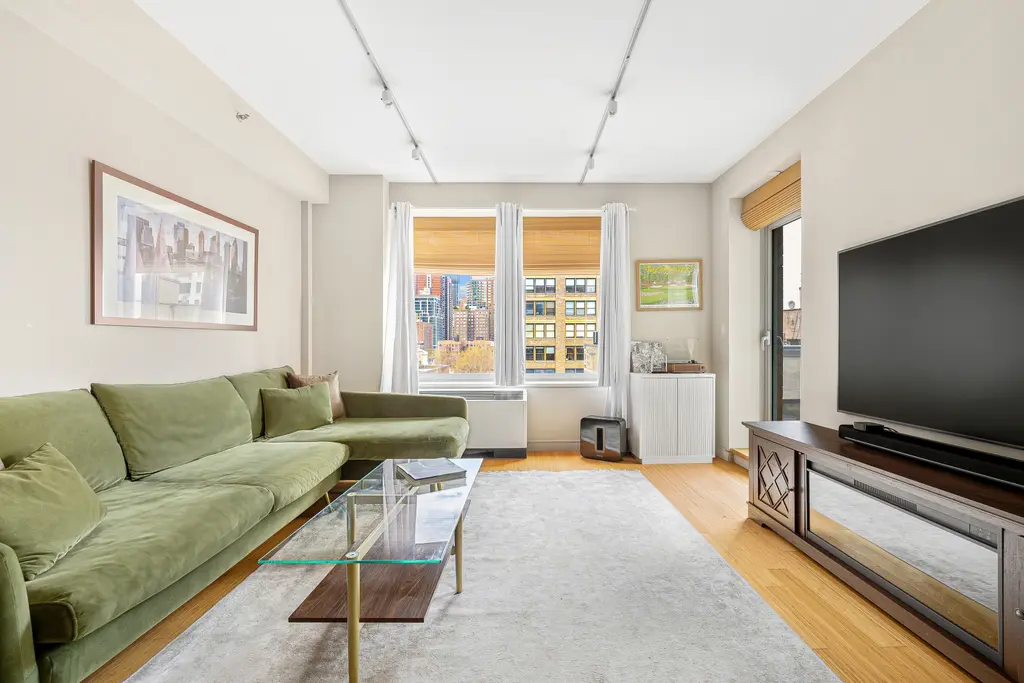
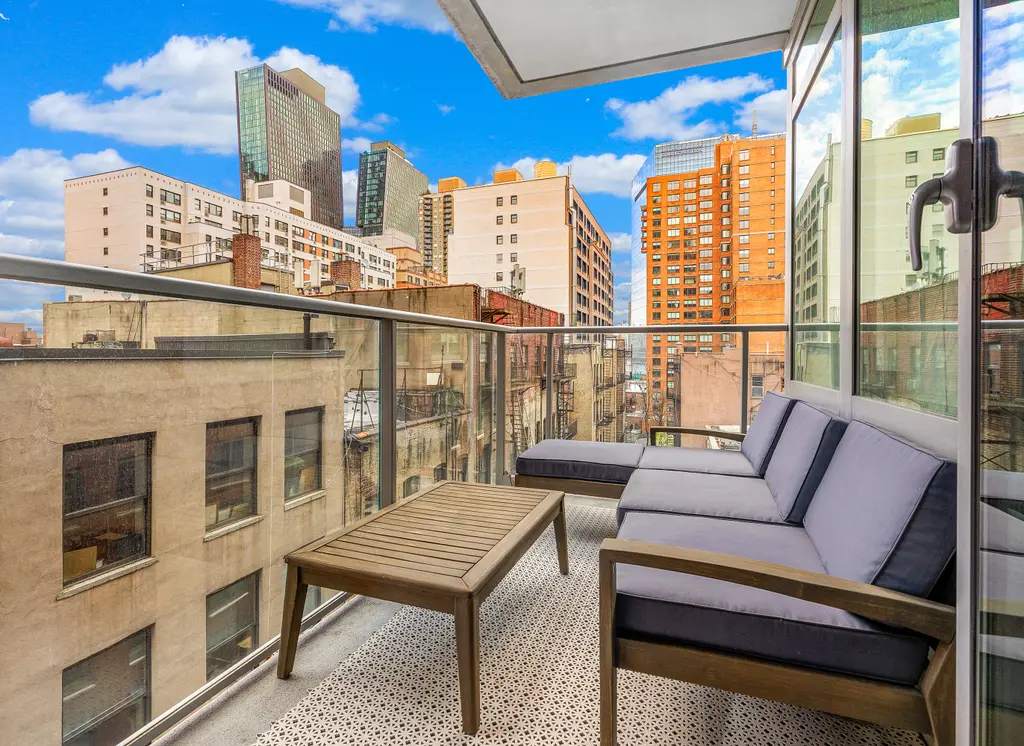
Manhattan View at MiMa, Midtown West
460 West 42nd Street
Design by Arquitectonica | Developed by SCG America
Completed in 2016
LEED Gold Certified
1 availability for $2.96M
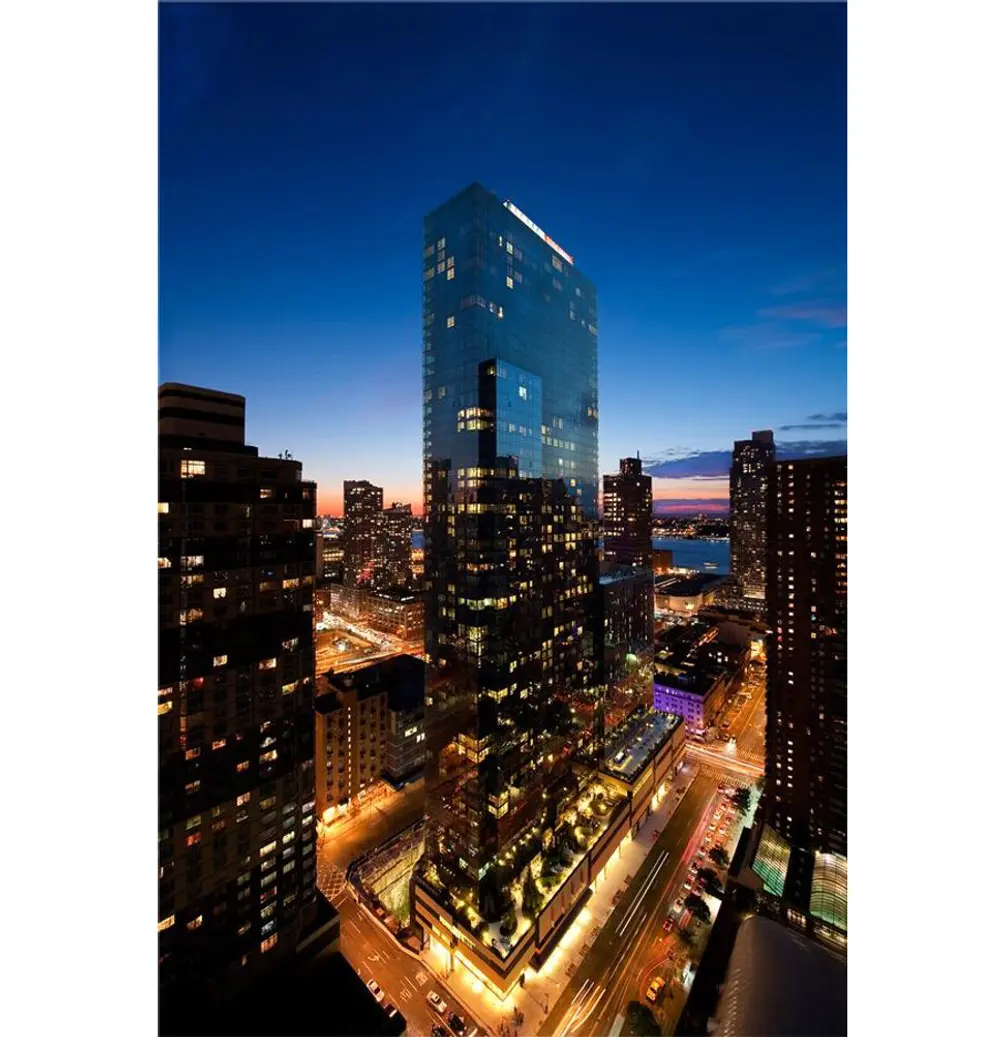 All images of Manhattan View at MiMa via Nest Seekers
All images of Manhattan View at MiMa via Nest Seekers
Manhattan View at MiMa, #054D
$2,960,000
Midtown West | Condominium | 2 Bedrooms, 2 Baths | 1,137 ft2
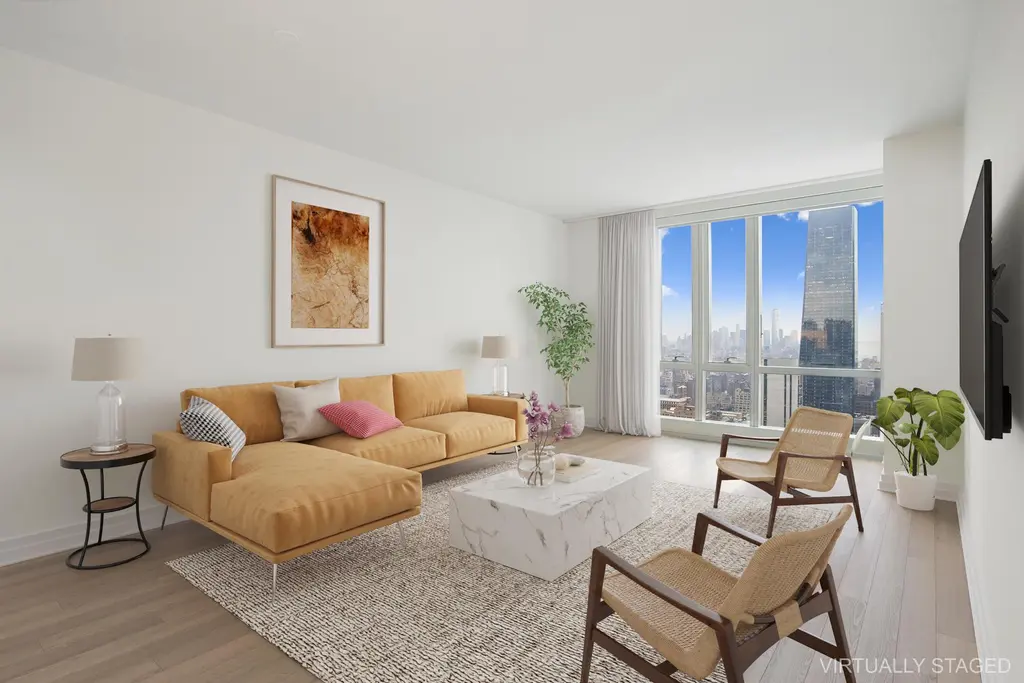
520 Fifth Avenue, Midtown West
Design by Kohn Pedersen Fox | Developed by Rabina Properties
Completion estimated for 2025
LEED Gold Certified
6 availabilities from $5.75M
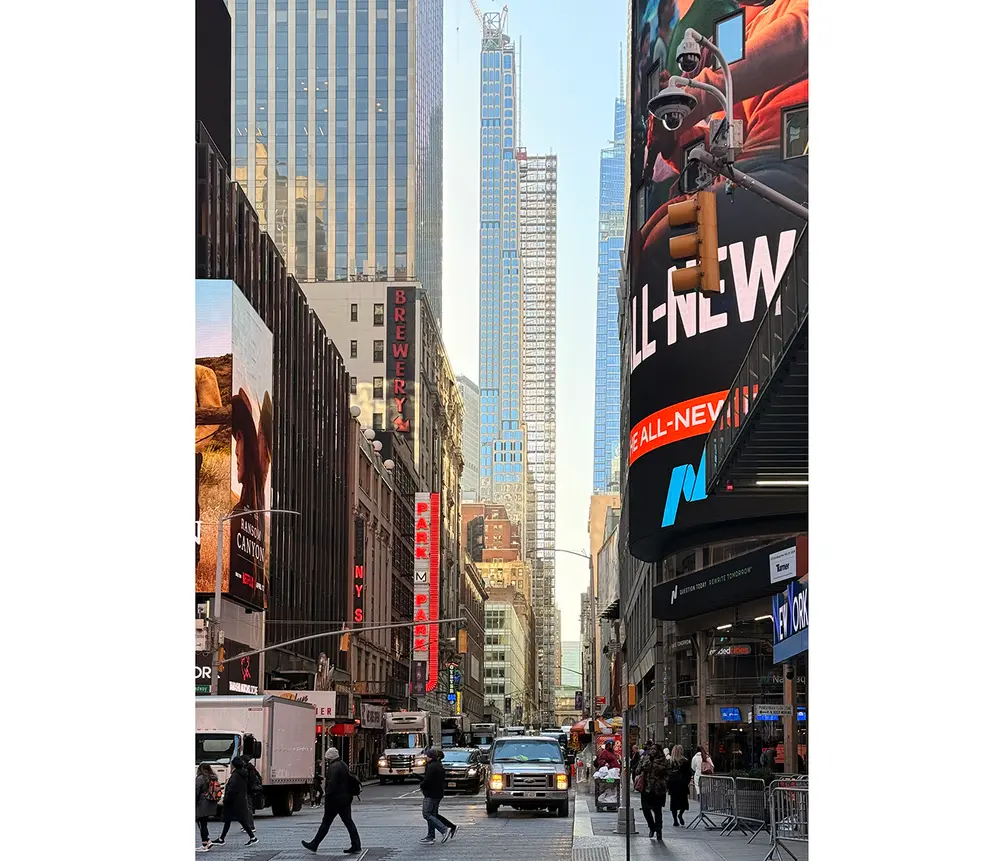 520 Fifth Avenue (center), April 2025 (CityRealty)
520 Fifth Avenue (center), April 2025 (CityRealty)

1 John Street, DUMBO
Developed and designed by Alloy Development
Completed in 2016
LEED Gold Certified
2 availabilities from $4.4M
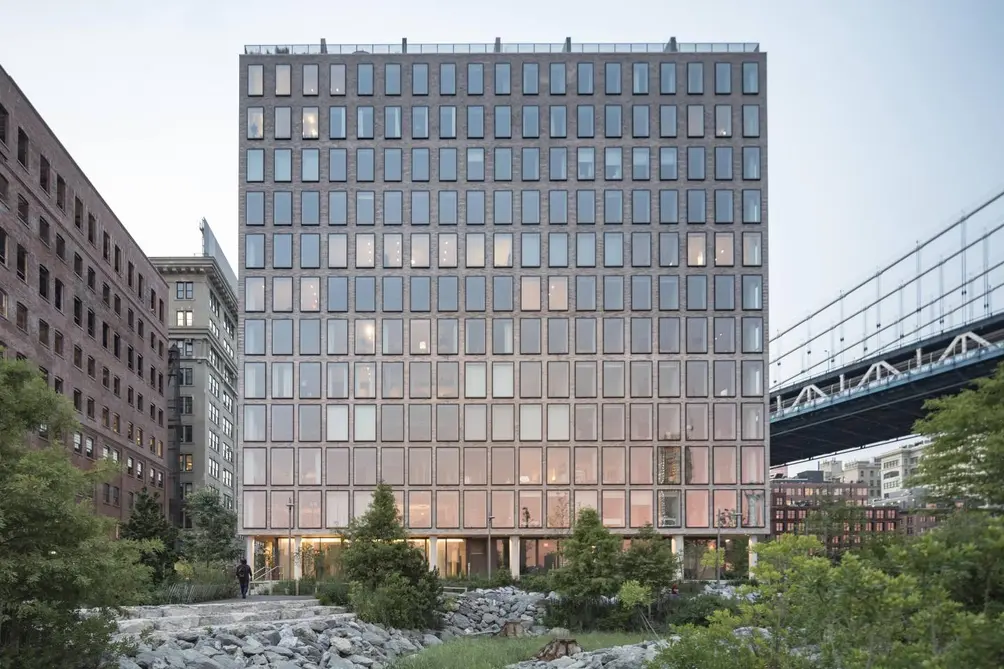 1 John Street (Alloy Development)
1 John Street (Alloy Development)
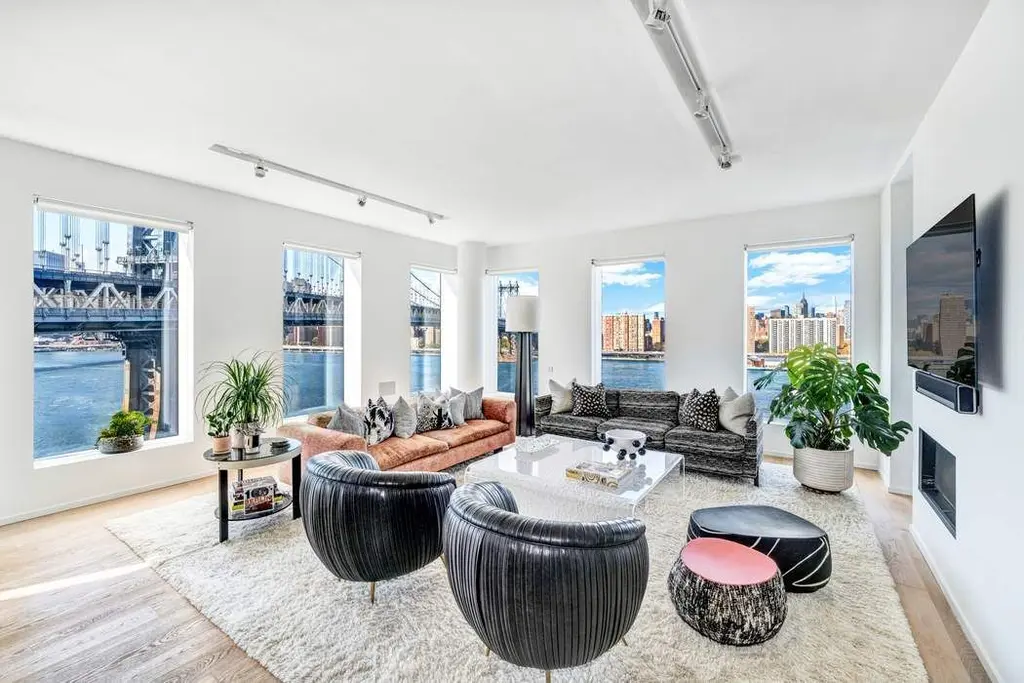
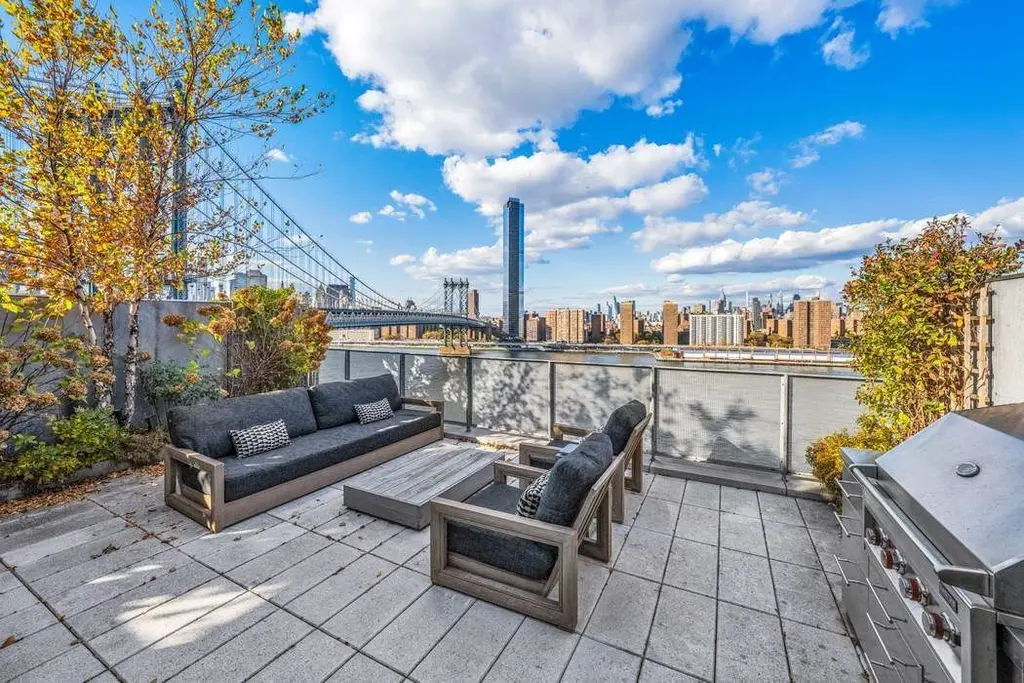
98 Front Street, DUMBO
Design by ODA New York | Developed by Hope Street Capital
Completed in 2021
LEED Certified
7 availabilities from $749K
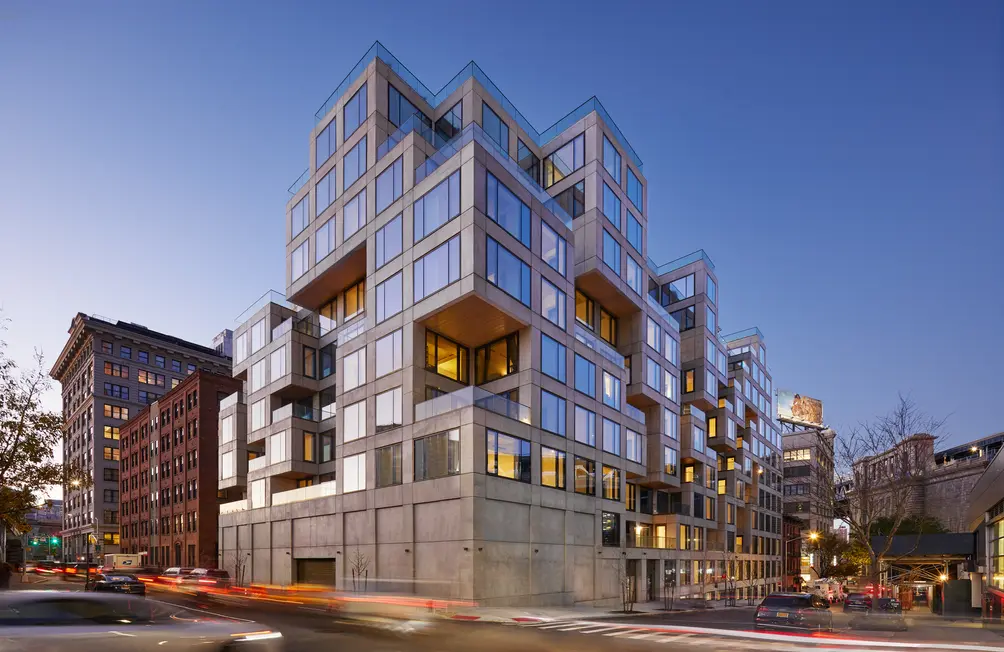 98 Front Street via Aaron Thompson
98 Front Street via Aaron Thompson
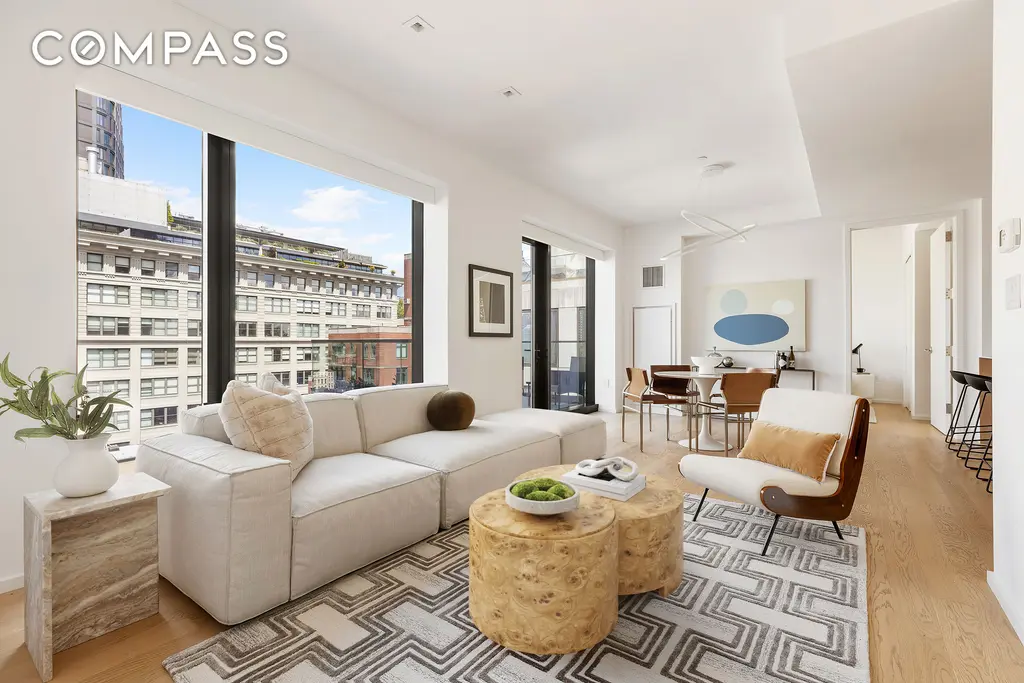
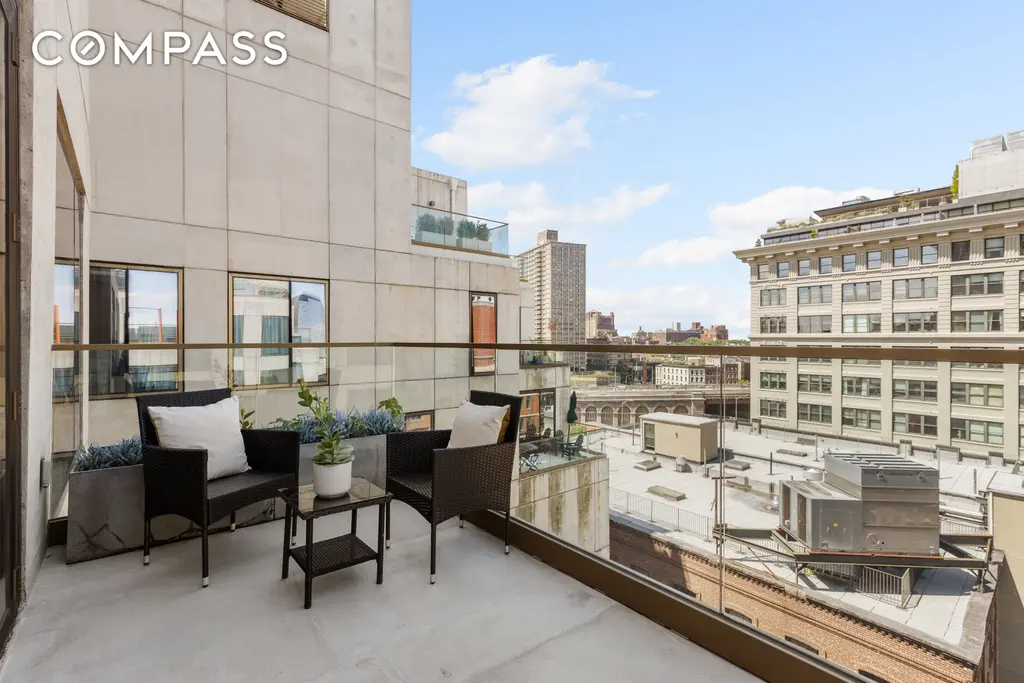
Navy Green, Clinton Hill
8 Vanderbilt Avenue
Design by FXCollaborative | Developed by Dunn Development and L&M Development
Completed in 2015
LEED Silver Certified
2 availabilities from $735K
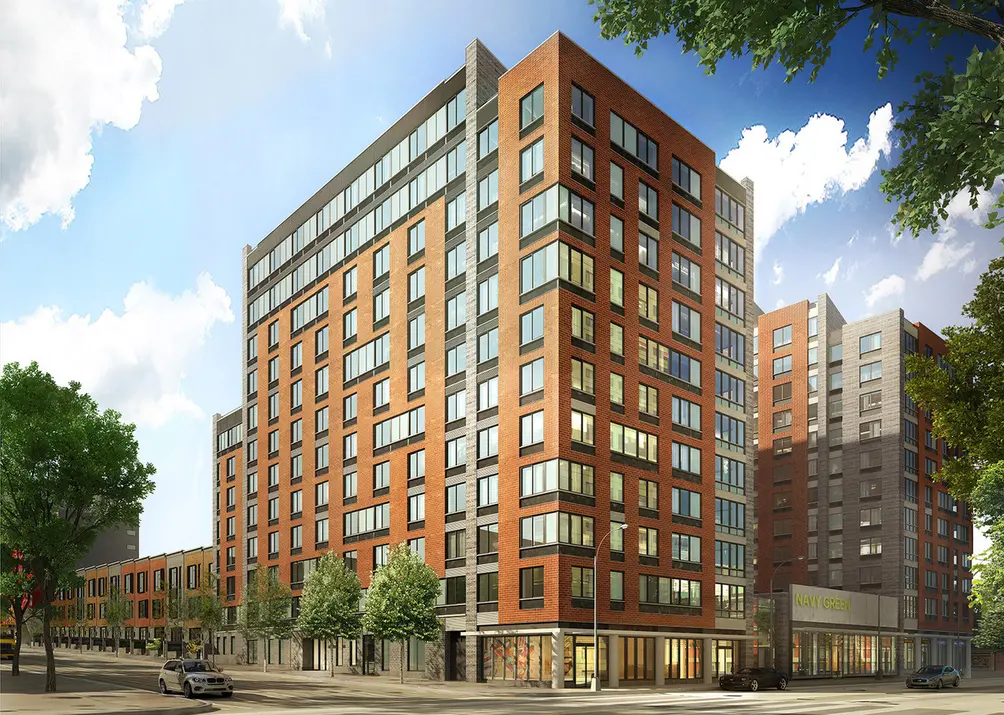 All images of Navy Green via Douglas Elliman
All images of Navy Green via Douglas Elliman
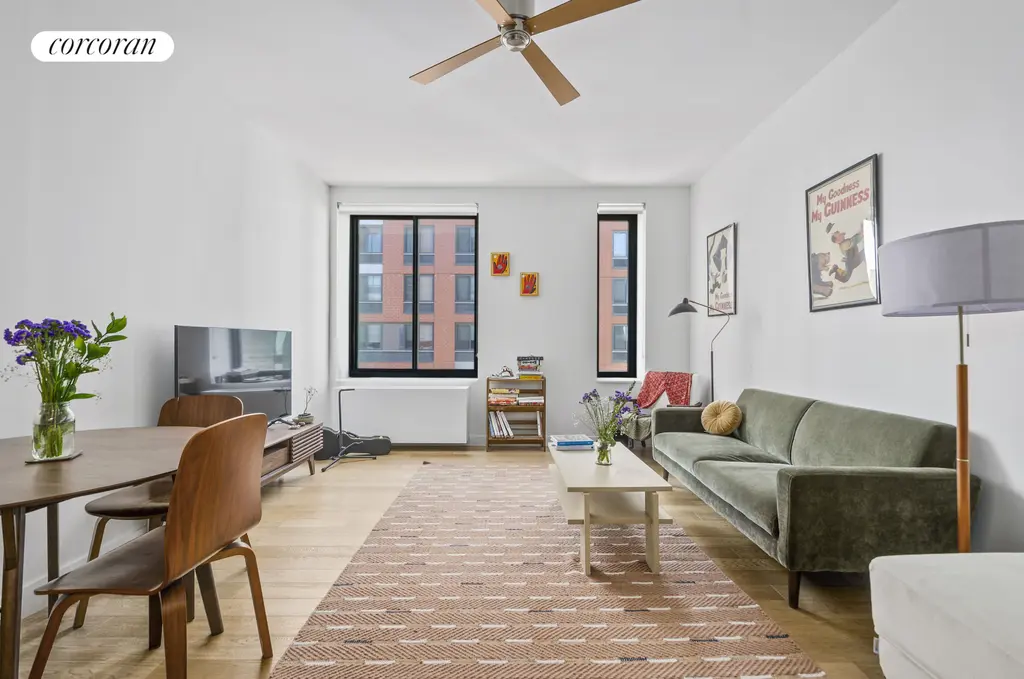
550 Vanderbilt, Prospect Heights
550 Vanderbilt Avenue
Design by COOKFOX | Developed by Greenland Forest City Partners
Completed in 2017
LEED Silver Certified
8 availabilities from $750K
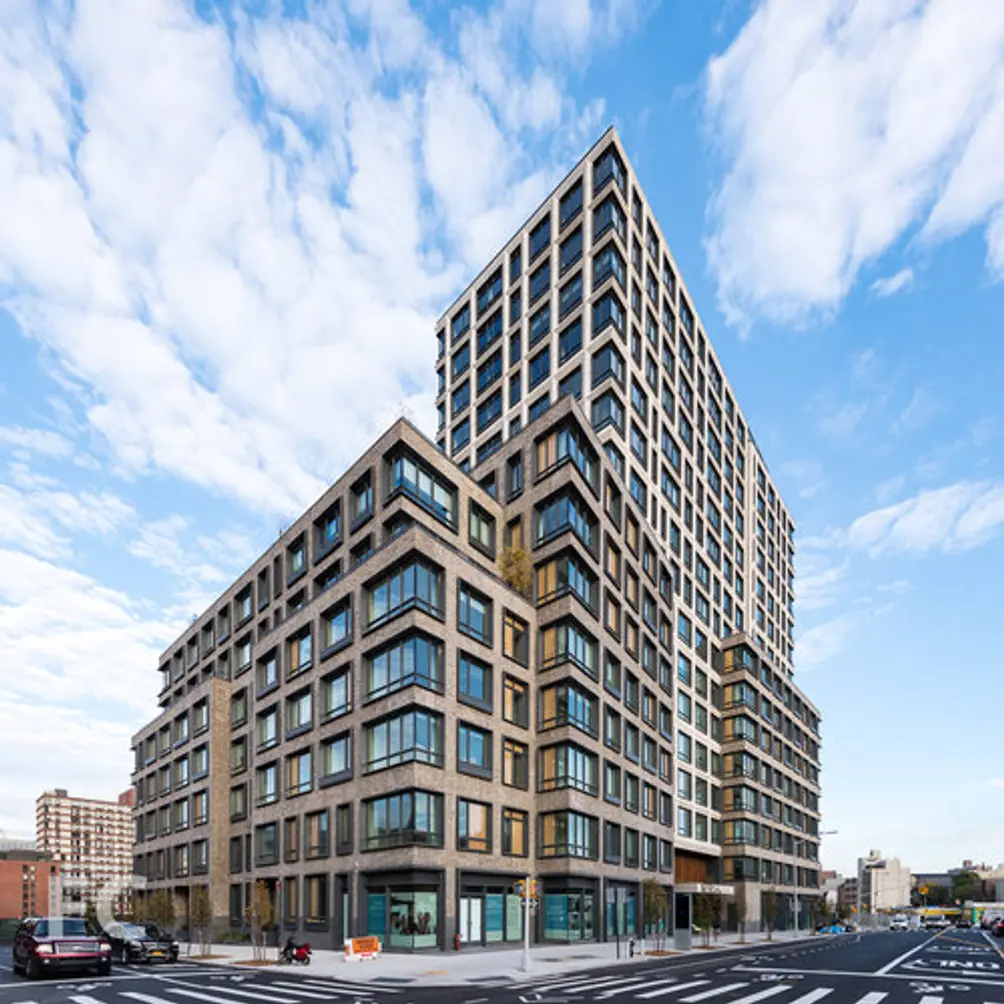 All images of 550 Vanderbilt via Corcoran
All images of 550 Vanderbilt via Corcoran
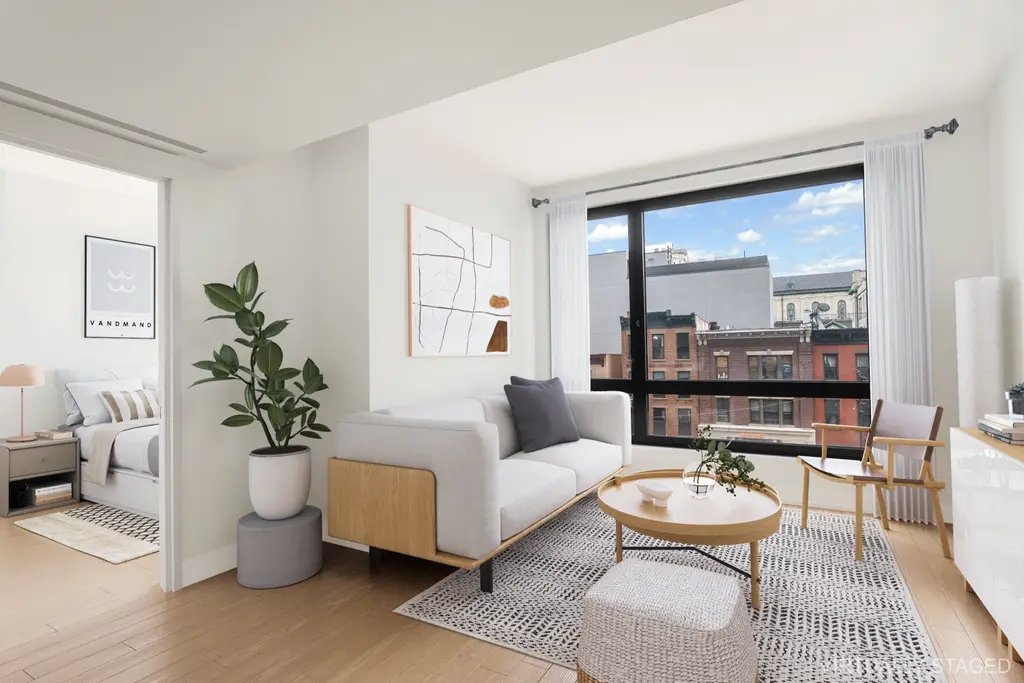
The Edge, Williamsburg
34 North 7th Street and 22 North 6th Street
Design by Stephen B. Jacobs Group | Developed by Douglaston Development
Completed in 2021
LEED Gold Certified
2 availabilities from $1.18M
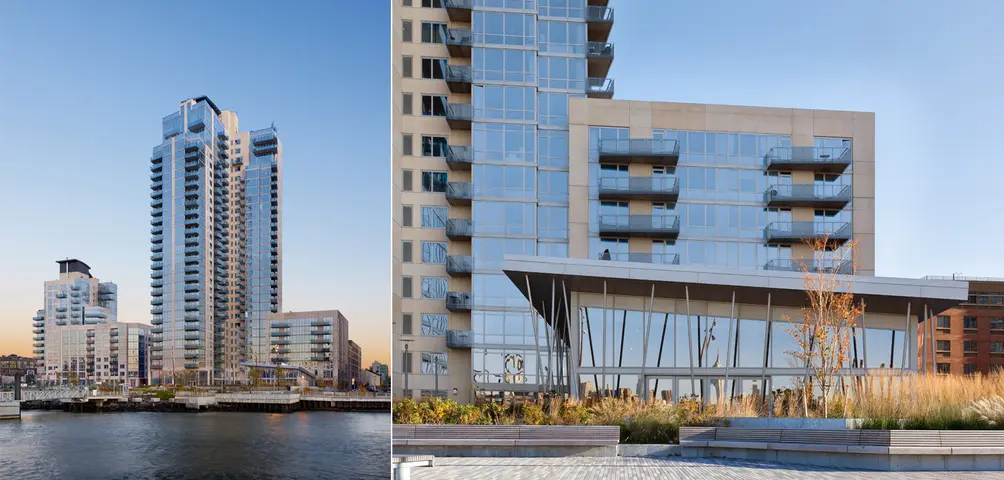 All images of The Edge North Tower via Compass
All images of The Edge North Tower via Compass
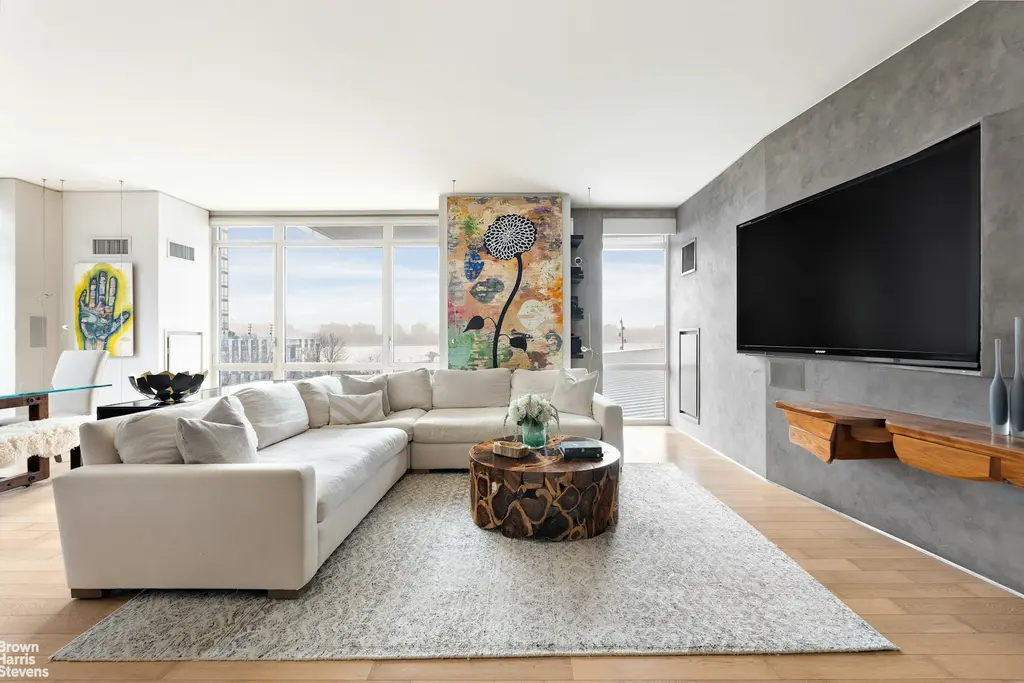
The Austin, Forest Hills
78-29 Austin Street
Design by Zproekt | Developed by Rybak Development
Completion estimated for 2025
LEED Gold Certified
6 availabilities from $814K
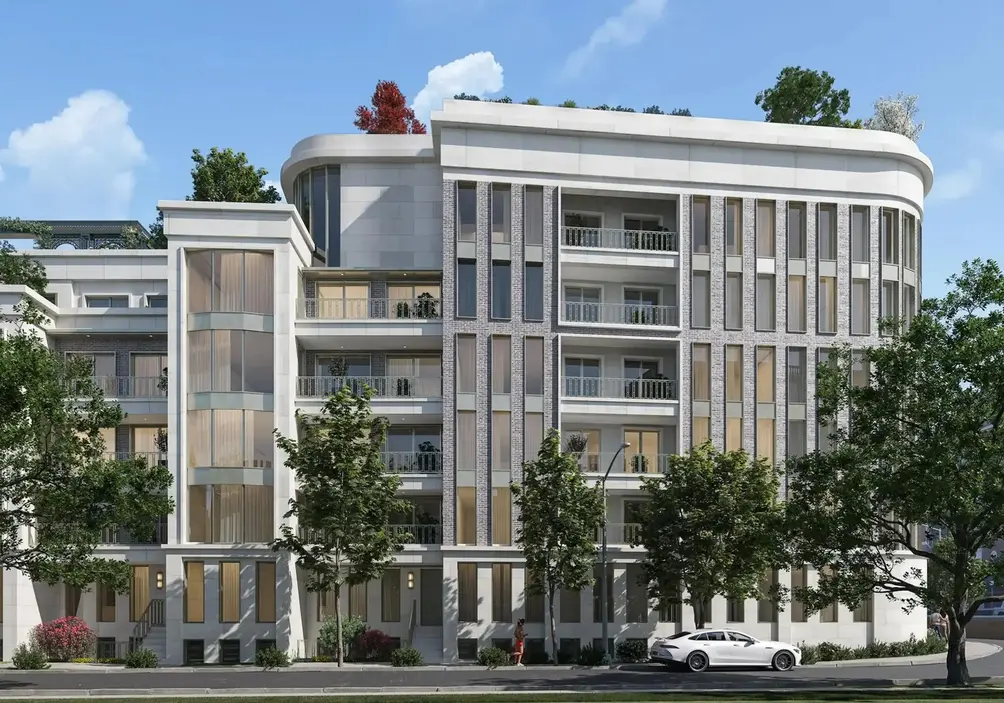 The Austin (Modern Spaces)
The Austin (Modern Spaces)
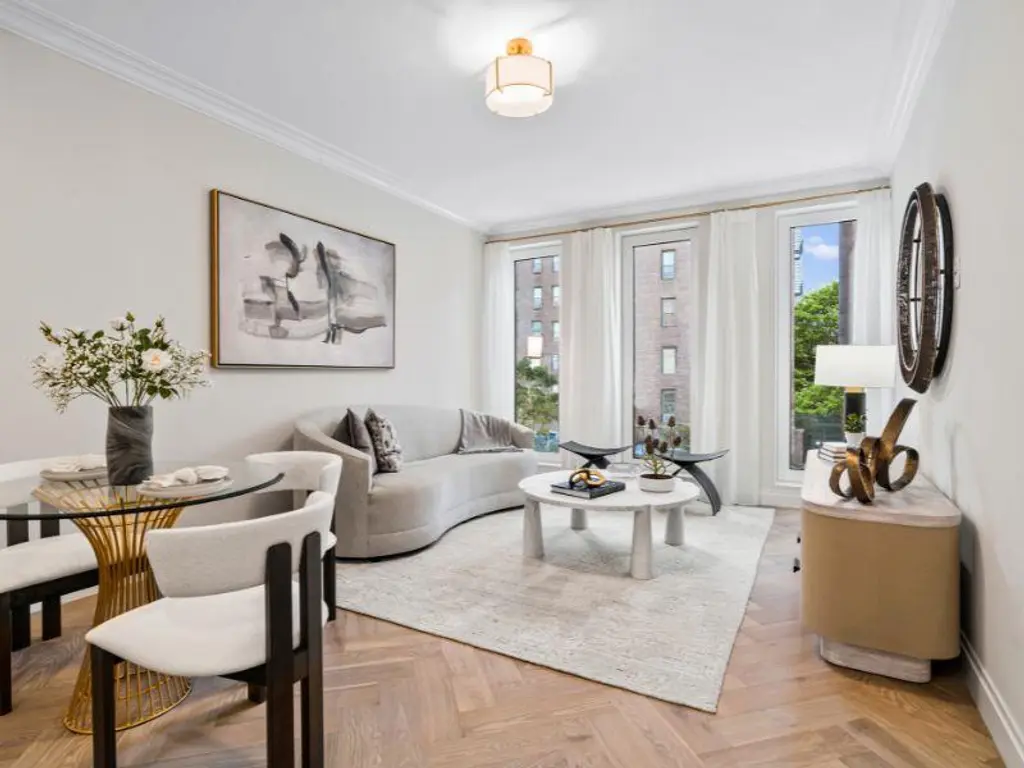

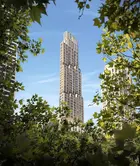
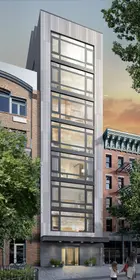
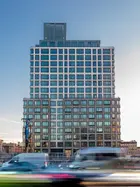
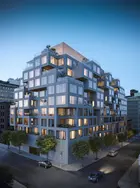

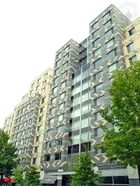
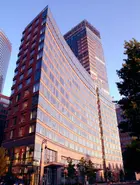
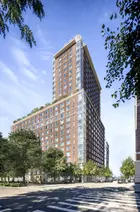
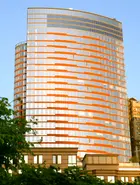

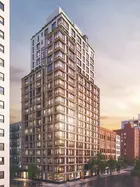
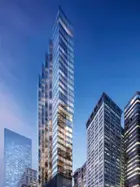
 6sqft delivers the latest on real estate, architecture, and design, straight from New York City.
6sqft delivers the latest on real estate, architecture, and design, straight from New York City.
